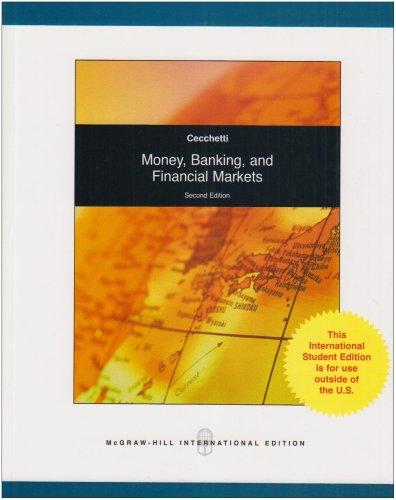Problem 3 (11 pts) An ltahan company is considering expanding the sales of its cappuccino machines to the U.S. market. As a result, the idea of a setting up a manufacturing facility in the U.S. should be explored. The company estimates the initial demand in U.S. will bring in an annual operating profit of $2,500,000, which is expected to keep track with the U.S, price level. The new facility will free up the amount currently exporte to the U.S. market. The company presently realizes an annual operating profit of 61.000,000 on its U.S. export, which keeps track with the price level in Italy. The manufacturing facility is expected to cost $24 million. The company plans to finance the project with a combination of debt and equity capital. The new project will increase the company's borrowing capacity by Clo million, and the company plans to borrow only that amount. The city in which the facility will be built has promised to provide a 5 -year loan of $7.5 million at 6% per annum. The U.S. IRS allows the company to straight-line depreciate the new facility ower a 5-year period. After th time, the company plans to terminate the project and acll all molding equipment, which accounts for 50% the project's cost. The company eatimates that the after-tax salvage value of molding equipment will be no more than 25% of its original book value. Corporate tax rates in the U.S. and Italy are the same as 35%. The long-term inflation rate is expected to 3% in the U.S. and 5% in Italy. The curront spot exchange rate is $1.5/6. The Italian company explicitly betieves in PPP as the best means to forecast future exchango rato. The company's U.S. sales affiliate currently holds $1.5 million ready for repatriation back to Italy. The money was accumulated under a special tax concession rate of 25%. If the fund were repatriated, addition tax will be due. The company's weighted average cost of capital is 11%, cost of dollar borrowing is 9%, cost of Euro borrowing is 10%, and cost of equity is 18%. The all-equity Euro cost of capital is 15%. (1) Specify the discount rate for the calculation of the present value (PV) of after-tax operating cash flow PV of depreciation tax shield PV of the salvage value of molding equipment (2) Difeuss the financinf of the profect with specification of the amount of borrowing and borrowing co







